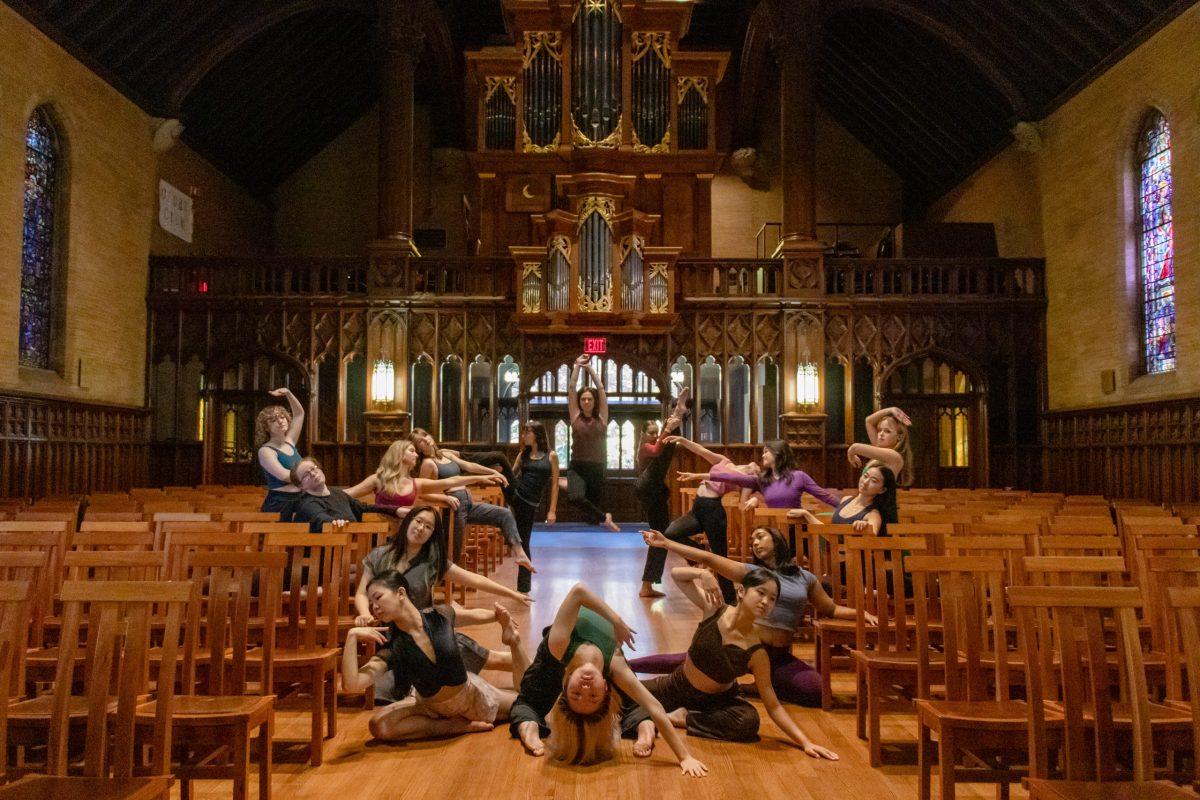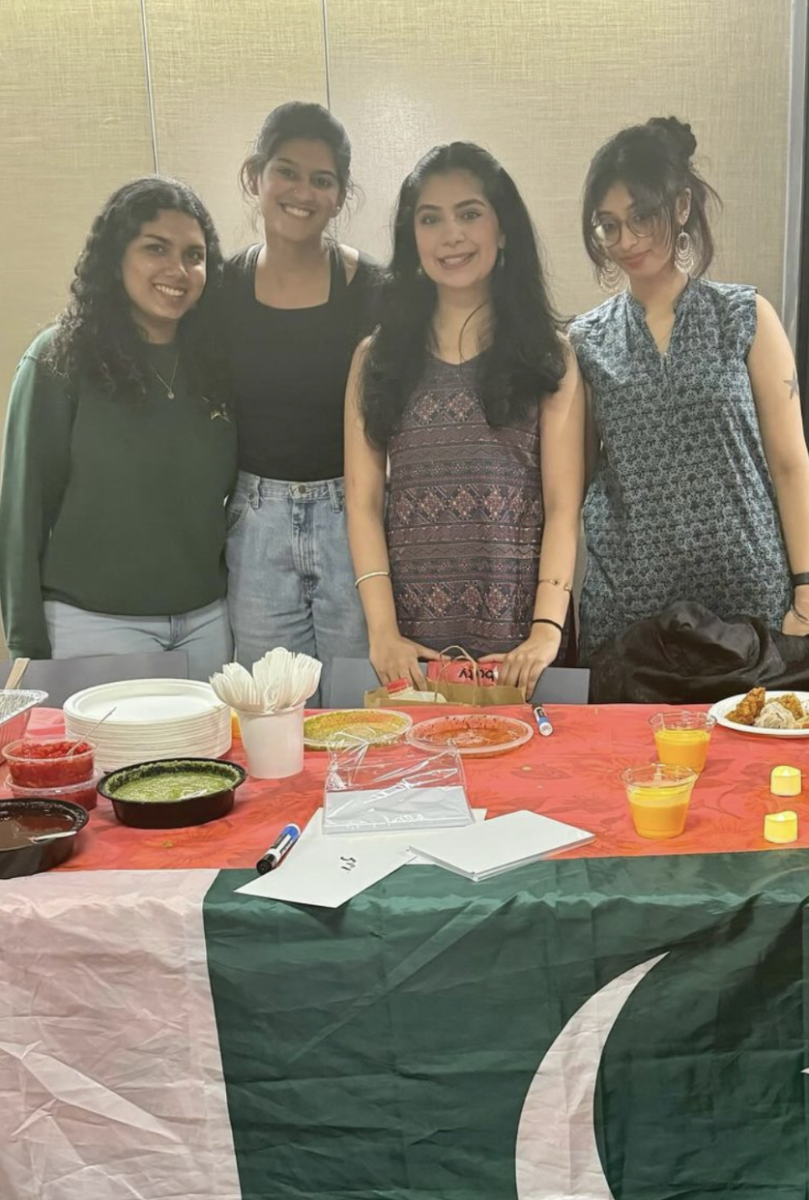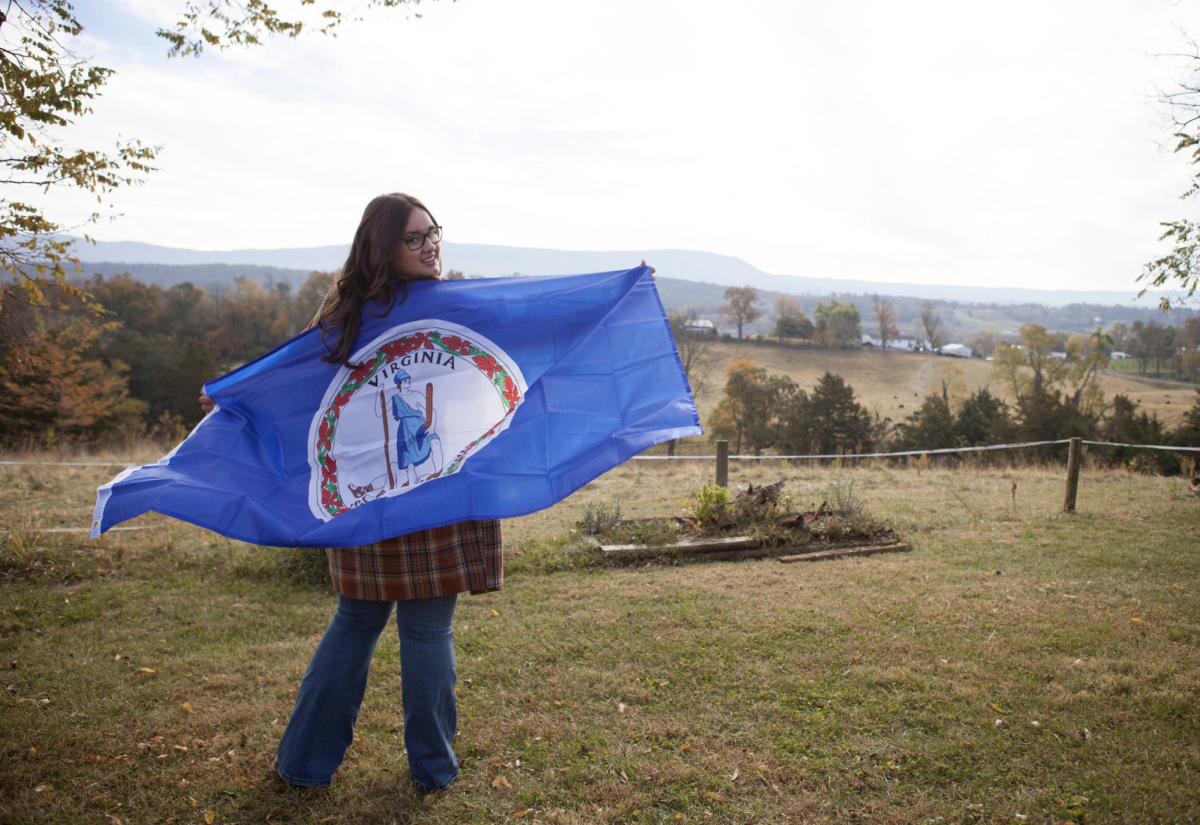On Friday Nov. 17, a packed audience in Jewett Auditorium waited in eager anticipation, the mood was upbeat for the last weekend before Thanksgiving break, encouraged in part by the rhythmic bassline of the pre-show music blasting over the speakers. Wellesley College Dancers (WCD) was presenting their semester finale showcase “Luminescence” featuring fourteen different performances, from various groups of dancers as well as six guest-groups: Aiko, Cielito Lindo, FreeStyle, Wellesley on Tap, Wellesley Asian Dance Organization and Yanvalou.
After an enthusiastic introduction and near deafening welcome cheer from the crowd, the show started with the piece “Damage Gets Done,” choreographed by Emma Kotar ’24 and set to the song of the same name by Hozier ft. Brandi Carlile. Having choreographed for WCD almost every semester, Kotar is something of a veteran, but finds that each piece still has its difficulties. When discussing her choreography process, Kotar noted that the freedom is both exciting and challenging to navigate.
“When you have to choreograph your own piece … actually teaching it in the rehearsal, it’s always harder than I expect,” she said, going on to outline her process. “Once you pick the song, I always like to cut my music first and pick which sections I want to do … if one part doesn’t inspire me I cut it. I try to think of how to either represent the words with dance or if I want to I emphasize the beats or the background music. It’s just trying to think of which part of the music am I hearing? And then what do I want to represent?”
WCD also performed a company piece, “I Guess This is Life,” featuring all members, to close out the show. WCD pieces were accompanied in the program by a description outlining the meaning and intent behind the piece. “I Guess This is Life” had a summary as follows: “[It] celebrates the everyday moments that, together, build the lives we each lead. What happens when we step away from the vastness of the world and focus on the small things? Our journeys may intersect momentarily or become inextricably intertwined, a mystery which unfurls daily. This piece is an invitation to walk beside me.”
To coordinate such a large group of performers, the rehearsal process was atypical. Company President Alexa Halim ’25 brought in her sister, Nadia Halim, a professional dancer based in New York City to choreograph. The company came together for an intensive weekend at the beginning of the semester to get a good foundation and then practiced a bit more sporadically throughout the rest of the semester to hammer home the details. Alexa Halim explained that having the intensive weekend, especially so early in the semester, allowed for the choreography process to be more organic.
“The process was pretty unique. Sometimes when people run dances, specifically with small group pieces, you’ll see that the choreographer just brings in some choreography, and you learn it and do whatever they ask you to do. The way my sister operates and some other choreographers who we’ve worked with in the past, they take a more free-flowing approach, especially if they have more time. So [the process] was just seeing how we all moved as a unit. It involved a lot of improv during the process, beginning to see the style everyone had, especially because my sister was super familiar with how everyone danced. And then from there she was able to get a sense of the style people have and we took a more calm approach to the choreography.”
Halim ’25 explained that although the work is rigorous and can take up many hours, she finds it somewhat relaxing and an important part of maintaining balance between schoolwork and other areas of her life.
“It’s a really good way to have this outlet. I can step away from the work I’m doing … It’s a really great opportunity to take a step back and do something I love that’s still providing some rigor,” she said.
Kotar explained that she is able to connect what she learns in dance to what she is doing in the classroom. Despite how disparate the field of astrophysics may seem from dance, Kotar finds the skills she learns in dance are useful elsewhere in her life.
“I’m an astrophysics major. Dance does fit in [with that] because I think in any major, there’s an element of creativity and problem solving that you have to bring to anything. Dance in general makes your brain more flexible, you know how to pick up new things. That definitely always helps the ability to pick up new information and apply it fast,” Kotar said.
Dancing as part of an organization is something Halim finds very different from her experience at a performing arts high school, but she is glad to have found WCD as a way to continue the practice.
“I trained every day for like three hours in [high] school, doing ballet and modern and jazz, etc. So it definitely was an adjustment coming to Wellesley where there’s no dance specific program. WCD has been a great place to keep the dance in my life,” Halim said.




